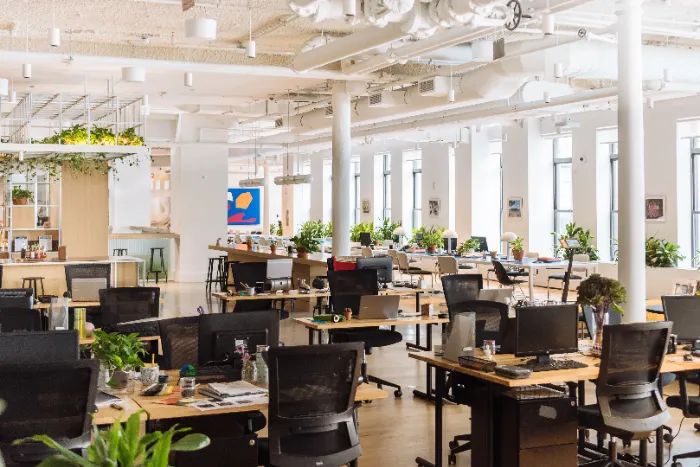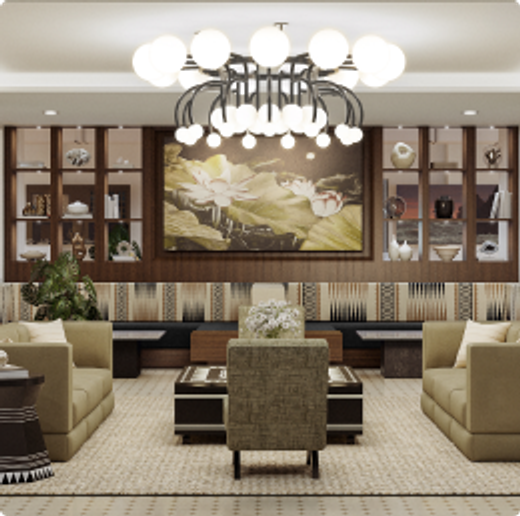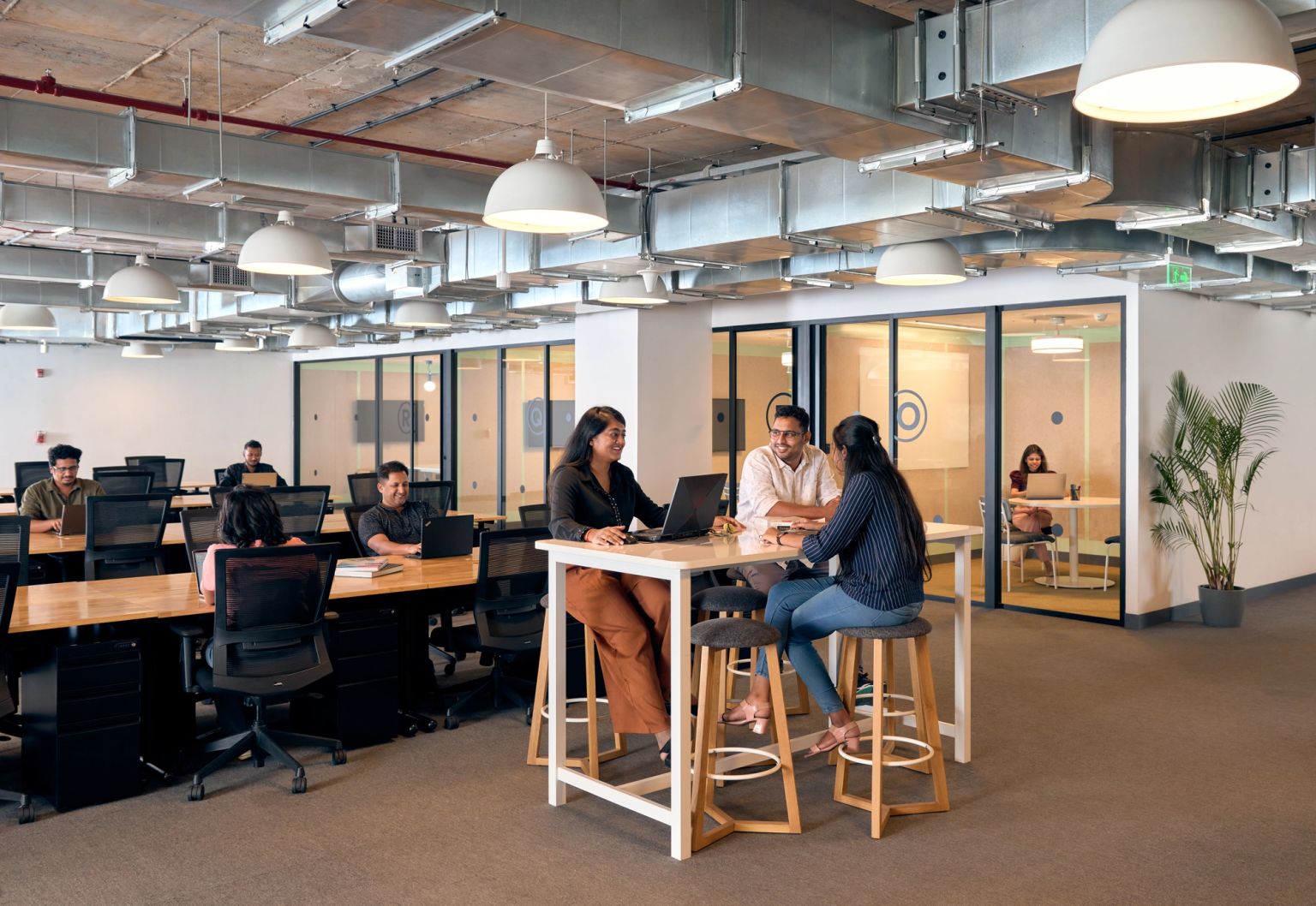CULTURE & COMMUNITY
Rethinking Workspaces

Arnav S Gusain, Head of Product, Real Estate and Procurement at WeWork India, shares some valuable lessons on why creating the right workspace design is important to achieve greater flexibility to thrive in the new normal.
The modern workforce has evolved significantly, cubicles have given way to large open spaces, tech-enabled rooms, and versatile common areas. Large enterprises including Google believe that offering flexibility to the employees will bring out the best in them, both personally and professionally. The design of a workspace must take into account the need for flexibility and create a space that stands out, inspires, and makes one feel at ease.
Workspaces today need to be flexible and adaptable in order to accommodate the changing needs of the current work landscape. With offices reopening their doors post pandemic, it is more critical than ever to ensure that the workspace design complements the shift. Organisations must evaluate how they can use workplace design to bring out the best in people. Whether it is contactless doors, focus rooms, or flexible arrangements, here are few factors to consider when designing a workspace:
COMFORT IS KEY TO PRODUCTIVITY
A comfortable workspace is essential for igniting inspiration and boosting creativity. An uninviting space may hinder employee productivity and might limit them from achieving their full potential. From the size of the workstations to the height of the white boards, the couches in the lounge, or the lighting, everything about the room should be planned keeping employee’s comfort in mind. Flexible workspace operators can also consider using local design elements or collaborating with artists and local vendors to source artworks, furniture and elements to create a sense of familiarity and comfort for employees. This has been a running theme across all our spaces including the recently launched Express Towers workspace in Mumbai’s Nariman Point. We preserved the building’s existing glory and structure while incorporating local elements, to highlight its personality. This was very well received by our members as it reflected the charm of old Bombay.
LEVERAGING CURRENT TECHNOLOGY
From virtual zoom sessions to AI assistants, today’s society is increasingly reliant on technology. Along with vital arrangements to support technology, such as multiple plug-points or WiFi-enabled rooms, the space must also incorporate up-to-date technology, such as sensory faucets or contactless health tests which keep safety in check in these unprecedented times. It should also find room for cutting-edge technology, like WeWork’s ‘Virtual Offices,’ which allows businesses to set up an entire office with just a few clicks. This first of its kind product allows businesses to use WeWork’s network of offices as their own address on a subscription basis.
CATERING TO DIFFERENT NEEDS: A MULTISENSORY APPROACH
In terms of design principles, studies conducted in various disciplines highlight the connections between light, colour, architectural space and the effect it has on creativity and productivity. Office lighting, for example, has an impact on how people feel in various settings. Warm lighting can make people feel at ease, leading to more conversations and participation in discussion areas. Cool lighting, on the other hand, is said to boost productivity, making it ideal for conference rooms. One tip for designers is to think outside the box and try to tap into all five senses, such as sound-proof rooms for writing, signature scents for a unified experience or open spaces for collaboration. These specifications will not just create a desirable experience but also enhance the productivity and performance of the employees.
CUSTOMISABLE OPTIONS FOR ADAPTABILITY
One thing the pandemic has taught us is the importance of being prepared. Many businesses during the lockdown downsized their workforces and transitioned to remote work. The workspace must be adaptable to the needs of the members and it should be able to scale up or down as necessary to accommodate a dynamic workforce. Managed offices, one of WeWork’s innovative product offerings, addresses these exact needs by providing a custom-built office space that is ready to move into. It allows organisations to be asset-light without compromising their corporate design philosophy and standards by providing a dedicated and personalised space, enabling a lot more flexibility in their portfolio.
BUILDING COLLABORATIVE SPACES
Workspaces should be designed to accommodate a variety of working styles. The space should facilitate interaction while also providing sufficient privacy. This can be achieved through clever spatial planning and design, for instance strategically positioning ‘shared spaces’ where employees can get food and beverages and socialise when they run into one another; or creating small spaces with flexible seating options for brainstorming sessions.
Related Blogs:

CULTURE & COMMUNITY
Many professionals now deal with stress regularly, with tight deadlines and long work hours in a stressful workplace. In such a demanding and fast-paced work culture, mindfulness can be an effective strategy.

CULTURE & COMMUNITY
A buddy system involves assigning a new employee a coworker buddy. The buddy, who is an experienced worker, guides the new employee for the first weeks or months of work.

